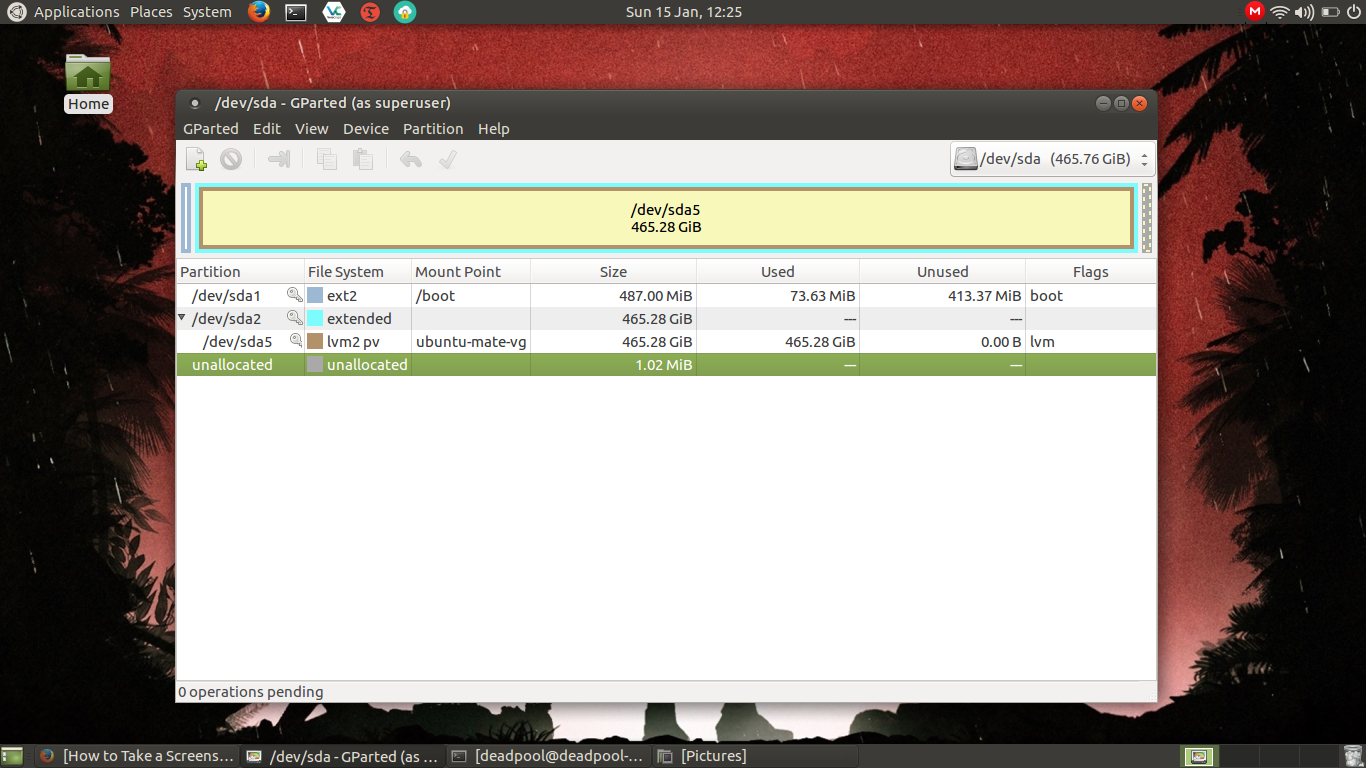

- #Ubuntu gparted live usb how to#
- #Ubuntu gparted live usb mac os#
- #Ubuntu gparted live usb portable#
- #Ubuntu gparted live usb software#
I hope this tutorial to create persistent storage for Debian USB systems was useful.

Otherwise, your system won’t have persistence, and the data will be lost after each boot Remember, in all programs, you need to use the option to define a space for persistence. Conclusion:Īs you can see, creating a persistent Linux Live USB system from Windows is easy with Rufus, as with other alternatives mentioned previously. You can get more information on Ventoy at.
#Ubuntu gparted live usb software#
It also supports Windows and other software types like antivirus. It is used to create live USB systems from Linux ISO images. Universal USB Installer is another alternative to Rufus. The tool is available for Ubuntu and Windows starting in Ubuntu 10.10 “Maverick Meerkat,” but it is accessible only by inserting the Live CD with Windows running. This is the official USB creator of Ubuntu Linux, and it is included by default. You can get more information on Linux Live (LiLi) at.

#Ubuntu gparted live usb mac os#
Multiplatform available for Windows, Linux, and Mac OS.It supports both Microsoft Windows and Linux distributions. Universal Netboot Installer (UNetbootin) is a multiplatform tool used to create live USB disks. Supports downloading Windows ISO from Microsoft.Supports FAT, FAT32, NTFS, exFAT, UDF, and ReFS filesystems.Includes bootloaders like Grub or Syslinux.Supports Windows and Linux installation ISO images.It was originally designed in 2011 to replace the HP USB Disk Storage Format Tool for Windows, used mainly to create boot USB devices.
#Ubuntu gparted live usb portable#
Rufus is an open-source portable tool available for Microsoft Windows, and it is used to create and format USB disks and pen drives. Now, you can boot your live system with persistence. Once finished, you can boot your live CD with persistence. Make a Backup of as much as possible if you have the space on an external drive, usb, or cd/dvd. When a warning prompts to inform you about disk data deletion, press OK to continue. Once executed, select your USB device, the ISO image, the size of the persistent partition (Note: If zero, there will be no persistence), and select GPT on the partition scheme drop-down menu.Īfter selecting the correct options, press the START button to start the process. Rufus will ask if you want it to check for updates, press the preferred options in order to continue. Scroll down the page to the download section shown in the image below:ĭownload and execute Rufus.
#Ubuntu gparted live usb how to#
Don’t editorialize titles or submit clickbait.This tutorial shows the step-by-step process of how to create a persistent storage for Debian or Ubuntu live USB.No reposts, spam, self-promotion or rehosted content.No offensive, hateful, or low-effort comments. Only submissions that are directly related to Dell & Dell Technologies are allowed.Discord Filter Out Help Posts Only Show Help Posts Dell Website Meet the Dell Family For direct contact with Dell please see the "General Support" section below. Please note this subreddit is 100% unofficial. Feel free to ask questions that are support related or otherwise on anything related to Dell Technologies & we'll do our best to help you.


 0 kommentar(er)
0 kommentar(er)
